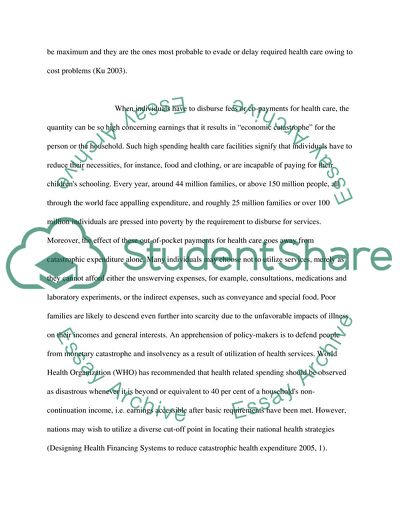Cite this document
(The Use of Higher Co-Payments to Reduce Expenditure on Health Care Term Paper, n.d.)
The Use of Higher Co-Payments to Reduce Expenditure on Health Care Term Paper. Retrieved from https://studentshare.org/macro-microeconomics/1557257-health-economics
The Use of Higher Co-Payments to Reduce Expenditure on Health Care Term Paper. Retrieved from https://studentshare.org/macro-microeconomics/1557257-health-economics
(The Use of Higher Co-Payments to Reduce Expenditure on Health Care Term Paper)
The Use of Higher Co-Payments to Reduce Expenditure on Health Care Term Paper. https://studentshare.org/macro-microeconomics/1557257-health-economics.
The Use of Higher Co-Payments to Reduce Expenditure on Health Care Term Paper. https://studentshare.org/macro-microeconomics/1557257-health-economics.
“The Use of Higher Co-Payments to Reduce Expenditure on Health Care Term Paper”. https://studentshare.org/macro-microeconomics/1557257-health-economics.


